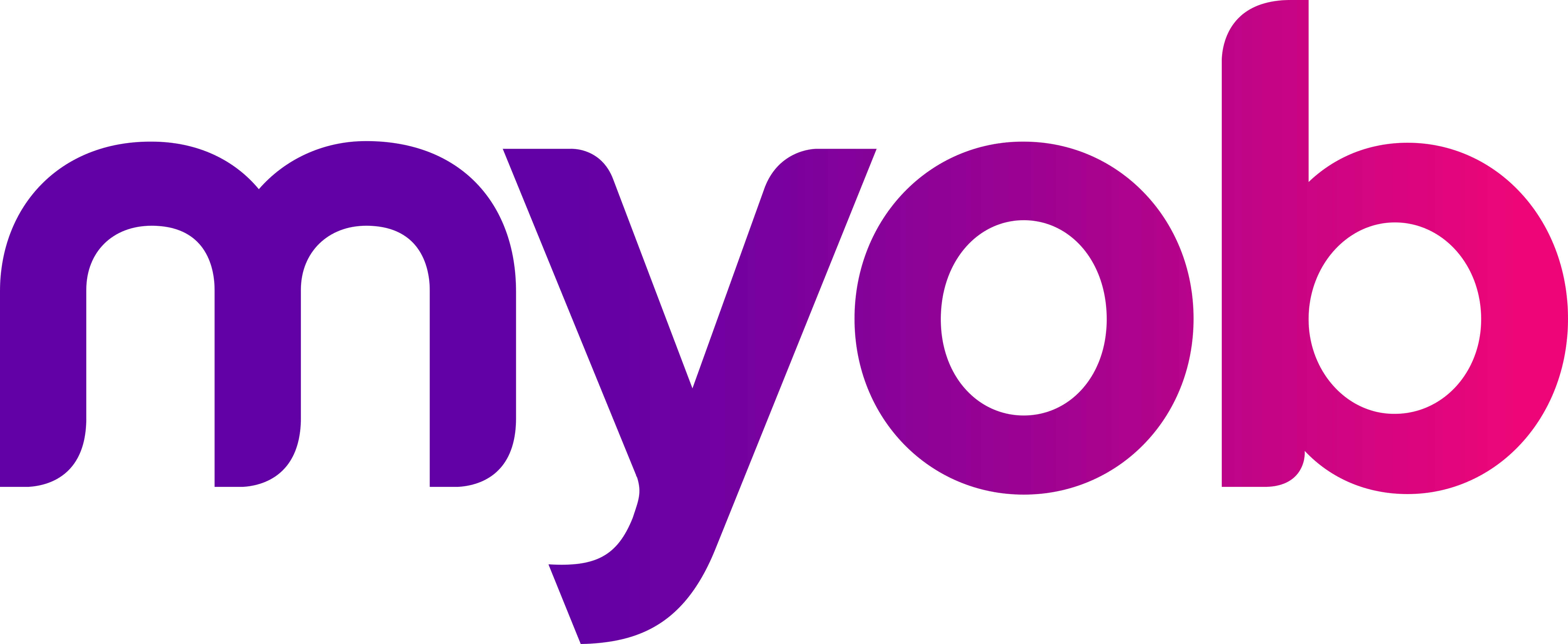Understanding your Profit and Loss (P&L) statement is vital for any business owner. Often referred to as the income statement or statement of earnings, the P&L is a clear snapshot of your company’s financial health over a specific period. It breaks down your revenue (income) and expenditure (costs), offering insights into your business’s profitability.
What Does Profit and Loss Mean for Your Business?
Effectively managing your P&L is crucial for steering your business towards success. Here are key areas to focus on:
-
- Revenue Management: Your income is the lifeline of your business. Actively generating sales and monitoring revenue streams is essential. Keep an eye on the trends and patterns in your income sources to identify potential areas for growth and diversification.
-
- Expense Control: Keeping track of operating expenses is crucial. Regularly reviewing your P&L helps identify areas where you can reduce costs without compromising quality or efficiency. This could involve renegotiating contracts, finding more affordable suppliers, or cutting down on non-essential expenses.
-
- Cost Analysis and Reduction: Scrutinise every aspect of your costs. Consider bulk purchases for discounts, switching to cost-effective suppliers, or adopting more efficient production methods. Every dollar saved enhances your bottom line.
-
- Monitoring Gross Margin: Analysing the gross margin of each product or service can reveal a lot about their profitability. Consider strategies like pricing adjustments or cost reductions in production to improve these margins.
-
- Regular Financial Reporting: Prepare and review your P&L statements regularly. This not only aids in understanding your financial performance but also guides informed decision-making and strategic planning.
-
- Benchmarking Performance: Compare your P&L with industry standards and competitors. This benchmarking helps identify areas where your business might be underperforming and areas where you excel.
-
- Forecasting and Budgeting: Use your P&L for future financial planning. Analyse past performance to set realistic budgets and forecasts for revenue and expenses. This helps in preparing for financial challenges and capitalizing on opportunities.
-
- Cash Flow Management: Understanding your P&L is integral to effective cash flow management, albeit they are often considered separately. Identifying the timing of income and expenses can help in planning and ensuring that you have enough cash to cover your obligations.
How Traction Can Assist in Managing Your P&L
We can guide you in comprehensively managing your P&L. To hold you accountable to ensuring your finger is in the pulse, we recommend:
-
- Regular P&L reporting as part of our monthly or quarterly management information packages.
-
- In-depth analysis to track, review, and interpret your revenue and expenses.
-
- Strategic advice on improving profitability and financial performance.
Understanding the intricacies of your P&L can transform the way you view and manage your business finances. Reach out to us for a more detailed discussion on how you can turn your P&L into a powerful tool for business growth and profitability.







